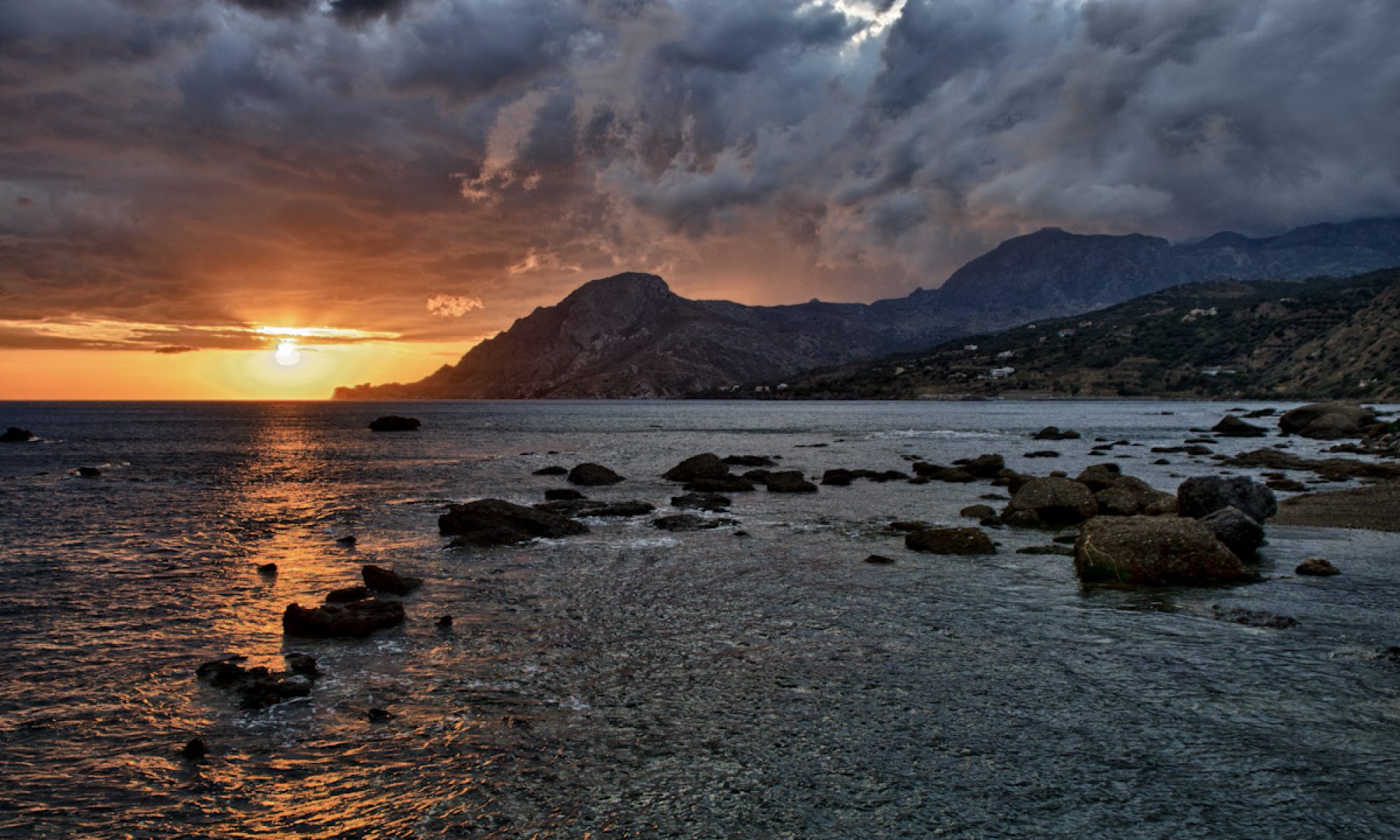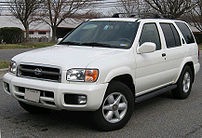My car rolled over 65,000 miles today. That’s not a particularly significant number (I tend to like the palindromic numbers myself) but it did make me think to take stock about where I am with this car.
In 2001, fresh out of a job, my 1993 Isuzu Trooper was in need of repair- and after a few years of questionable reliability, I decided it was time for a replacement. I bought the Nissan Pathfinder for a decent price (I thought) of about $35,000 (including tax, title, and all that other bullshit). After getting more than 5k for the Trooper, I was driving home in my first ever brand new vehicle.
In that first year of ownership, I drove the car 14,000 miles: On one trip alone I drove from San Francisco to Joshua Tree to Seattle and back. Did I mention that I wasn’t working?
In the years since, my driving scaled way back. For starters, I have a job now – I’ve had a few in the past years. In those years I haven’t worked further than 15 miles from home and in the last 4 I’ve worked downtown – no driving to work!
I was fortunate (and disciplined) enough to pay off the 5 year loan in about 3, so I haven’t had any car payments for the last 5 years. That has been awesome. I hate making payments.
And, being fairly meticulous with paperwork, I’ve got a full record of all of the work that I’ve had done to the car: normal routine maintenance; replaced windshield, new tires, smog checks, etc., Including the initial purchase price of the car (but not including interest charges as I don’t have that recorded, or insurance as that’s all wrapped up with the condo and motorcycle..) my cost of ownership to date has been $39,750. Ahh. one more thing – that doesn’t include gas. I reliably get a lousy 17 miles to the gallon. let’s see…. 65000… 17 .. let’s assume $3 average (that’s high for sure) 3823 gallons of gas .. $11, 470. Wow. 25% of my ownership costs have been fuel.
That’s definitely higher than I would have expected, but part of that I have to chalk up to the fact that (knock on wood) I haven’t had any major issues with the car so far and I’ve also elected to keep driving this car, rather than replacing it every 3-5 years like so many others would be tempted to do.
Today the Kelley blue book value is listed at $9,500. Who knows if anyone is even buying these cars these days, but that’s not really important as I’m not selling. I intend to drive this car hopefully for another 8 years which will hopefully only double (or less) my current mileage. If it can last even longer I’d like it even better.
As an environmentalist I’d love to have a car that gets better gas mileage – but at this point am I a better steward keeping an older car and not creating more demand for more manufacturing or would I be better off doubling my fuel efficiency. I’m not sure.
Despite rising gas prices, despite the economy, I like having an SUV – it matches the driving I typically do (when I’m not driving to Sacramento…). I take it to the mountains loaded with people and gear. For me, the ideal scenario is to supplement this car with a smaller “city” car. And of course, by city, I don’t actually mean a car to drive around the city as I HATE driving in the city – I prefer walking/public transport. A city car is one to take on those big grocery shopping days, or to visit friends on the peninsula, or to haul the mountain bike on a sunny Saturday.
But for now, the Pathfinder does just fine.



